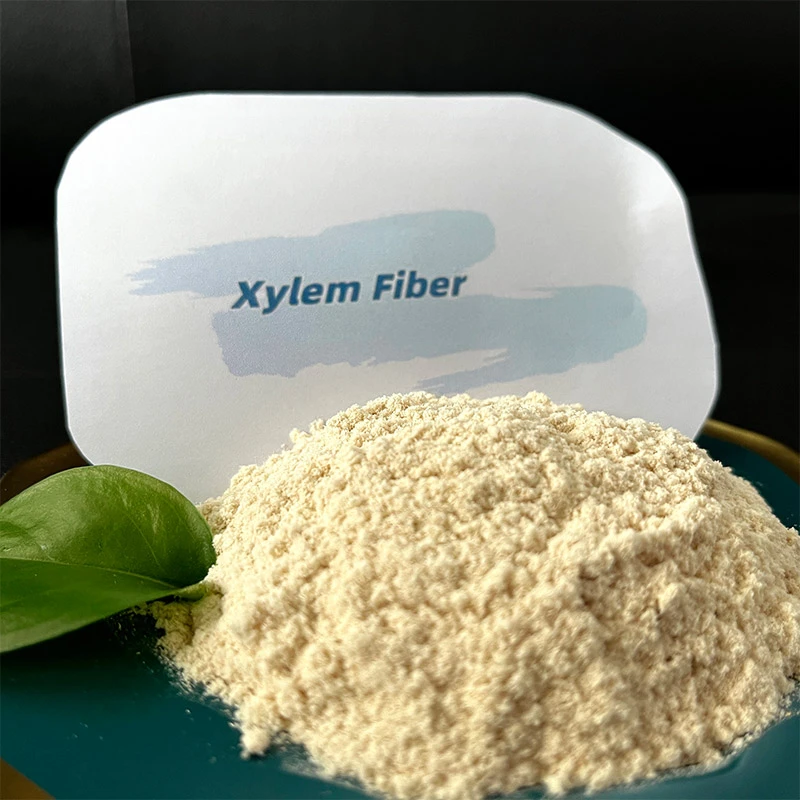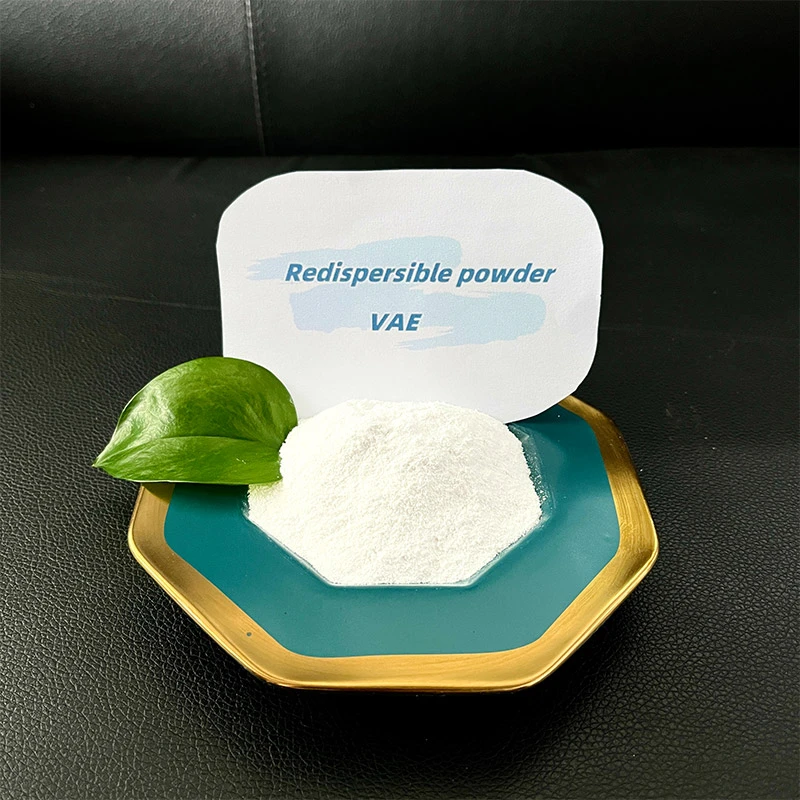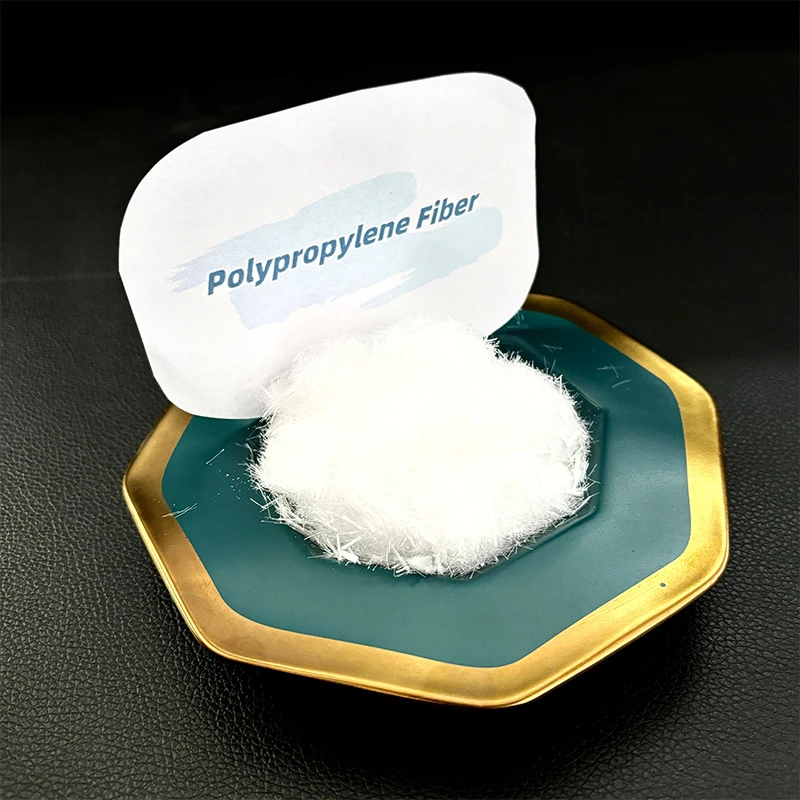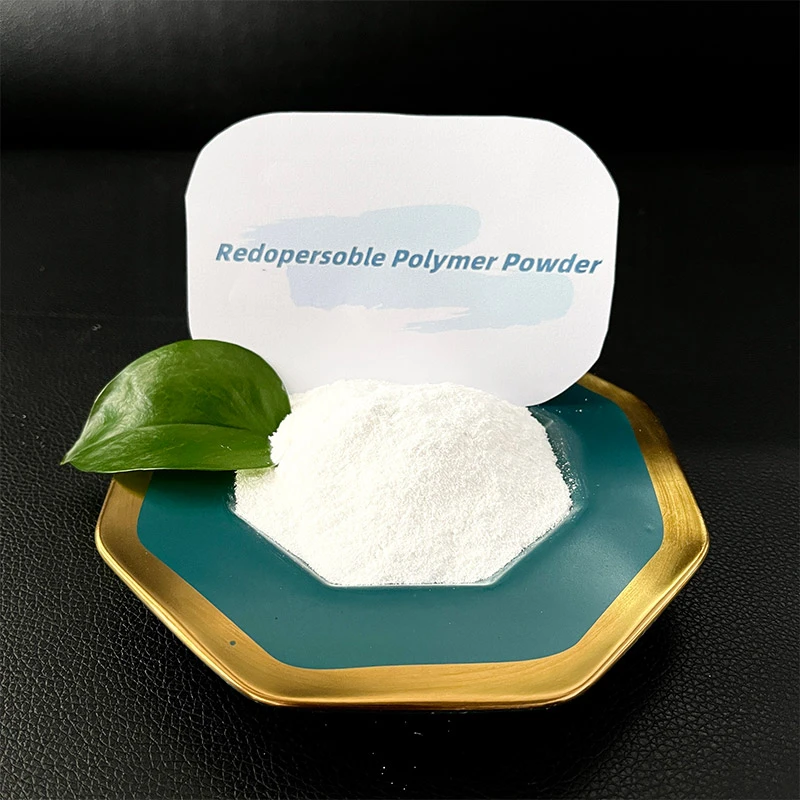
-

Add: HeBei ShengShi HongBang Cellulose Technology CO.,LTD.
-

Email
13180486930@163.com -

CONTACT US
+86 13180486930

Bleached Wood Pulp in Construction Elevating Structural Integrity
The construction industry continually seeks materials that offer a balance of strength, sustainability, and versatility. Bleached wood pulp and related products like cellulose wood have emerged as valuable components in various construction applications. Derived from renewable wood sources, these materials contribute to the development of eco-friendly building solutions while enhancing the performance of structural and non-structural elements. This article delves into their properties, applications, and role in modern sustainable construction.
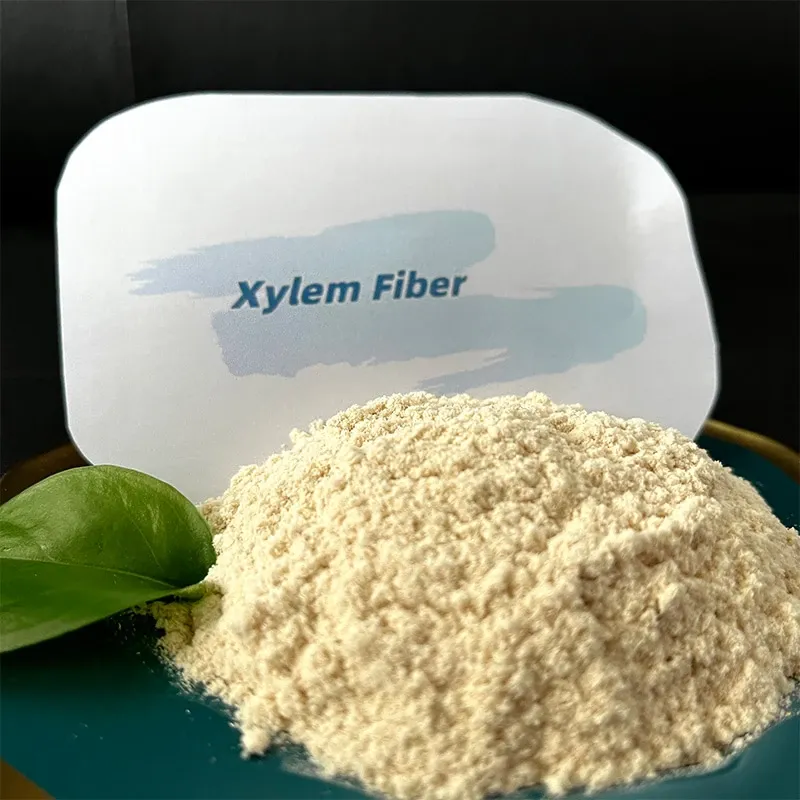
Characteristics and Production of Bleached Wood Pulp
Bleached wood pulp is produced through a chemical pulping process that removes lignin and other impurities, resulting in a pure cellulose product with high tensile strength and uniformity. The bleaching process enhances its whiteness and purity, making it suitable for applications where appearance and consistency are critical. As a natural polymer, cellulose offers excellent biodegradability and compatibility with other construction materials, such as cement, gypsum, and synthetic polymers.
In construction, bleached wood pulp is often used in the form of fibers or powders. When incorporated into cementitious mixtures, it acts as a reinforcing agent, improving the flexural strength and reducing the shrinkage of materials like gypsum boards and fiber cement panels. The cellulose fibers create a network that distributes stress throughout the matrix, preventing crack formation and enhancing the durability of the final product.
Role of Cellulose Wood in Structural Components
Cellulose wood, in the form of engineered wood products, plays a significant role in structural construction. Products like oriented strand board and plywood utilize cellulose fibers to create strong, lightweight panels that are used in flooring, roofing, and wall systems. The natural cellulose structure provides excellent load-bearing capacity while offering thermal and acoustic insulation benefits.
In addition to structural panels, cellulose wood is used in the production of laminated veneer lumber, which is ideal for beams and columns in residential and commercial buildings. These products leverage the natural strength of cellulose fibers, combined with adhesive systems, to create materials that rival traditional steel and concrete in load-bearing capacity but with the advantage of lower weight and better sustainability.
Cellulose based Wood Filler Technological Applications and Functional Attributes
Cellulose based wood filler is a versatile material used to improve the properties of composite materials in construction. In wood-plastic composites, which are used for decking, siding, and interior trim, the filler enhances the mechanical properties, such as impact resistance and dimensional stability, while reducing the cost and environmental impact compared to pure plastic materials. The cellulose fibers also improve the surface finish and texture of wood-plastic composites, making them visually appealing and suitable for a range of architectural applications.
In plaster and putty formulations, cellulose based wood filler acts as a bulking agent, improving workability and reducing shrinkage during drying. It helps create smooth surfaces in interior walls and ceilings, while also contributing to the thermal insulation properties of the material. Additionally, these fillers are used in adhesives and sealants, where their absorbency and binding properties enhance the product's performance and durability.
Cellulose Wood Pulp in Construction Pads Applications and Benefits
Cellulose wood pulp in pads is commonly used in construction for insulation and soundproofing purposes. These pads, made from compressed cellulose fibers, offer excellent thermal insulation, helping to maintain comfortable indoor temperatures and reduce energy consumption in buildings. The natural structure of cellulose also provides effective acoustic damping, making them suitable for use in walls, floors, and ceilings to minimize noise transmission.
Another important use of cellulose wood pulp in pads is in waterproofing and moisture management systems. Placed behind cladding or in roofing assemblies, these pads absorb and distribute moisture, preventing the accumulation of water that can lead to mold growth and structural damage. Their biodegradable nature makes them a sustainable choice for green building projects, aligning with the industry's focus on environmental responsibility.
Bleached Wood Pulp FAQs
What are the main advantages of using bleached wood pulp in construction materials?
Bleached wood pulp offers high tensile strength, dimensional stability, and compatibility with other materials. It enhances the mechanical properties of composites, reduces shrinkage, and contributes to the sustainability of construction products due to its renewable source and biodegradability.
How does cellulose wood improve the performance of structural panels?
Cellulose wood in structural panels, such as oriented strand board and plywood, creates a network of fibers that distribute loads effectively, improving the panel's strength and resistance to deformation. It also provides natural insulation benefits and is lighter than traditional building materials, reducing construction costs and environmental impact.
Can cellulose based wood filler be used in outdoor construction applications?
Yes, cellulose based wood filler is suitable for outdoor applications when combined with appropriate binders and additives that enhance its resistance to moisture and UV radiation. It is commonly used in wood-plastic composites for decking and siding, which are designed to withstand harsh environmental conditions.
What factors affect the performance of cellulose wood pulp in insulation pads?
The performance of cellulose wood pulp in pads is influenced by factors such as density, thickness, and treatment with fire-retardant or water-repellent agents. Proper installation and compatibility with the building envelope are also critical to achieving optimal thermal and acoustic insulation.
What role does bleached wood pulp play in promoting sustainable construction practices?
Among cellulose-based materials, bleached wood pulp stands out as a sustainable powerhouse. Sourced from renewable forest resources, it significantly cuts down the construction industry's dependence on non-renewable materials. Its biodegradability, low embodied energy, and recyclability make it a cornerstone of green building initiatives. Paired with other eco-friendly components like cellulose wood, bleached wood pulp plays a pivotal role in reducing the carbon footprint of the construction sector, aligning projects with sustainable development goals.
Bleached wood pulp and cellulose wood represent a fusion of natural sustainability and engineering excellence in construction. Their ability to reinforce structural components, enhance composite materials, and contribute to eco-friendly building systems underscores their importance in modern architecture. As the industry shifts toward renewable resources, these materials will continue to drive innovation in both performance and environmental stewardship.Bleached wood pulp and cellulose wood are foundational to sustainable construction, offering renewable strength and versatility across structural components and composite materials. Their role in enhancing mechanical properties, promoting eco-friendly practices, and enabling energy-efficient solutions cements their status as essential materials for modern, sustainable building design.
-
The Function of Polymer Powder in Thin-Bed MortarsNewsAug.25,2025
-
Polypropylene Fiber for Waterproofing MembranesNewsAug.25,2025
-
Starch Ether as a Thickener in Construction GroutsNewsAug.25,2025
-
Rubber Powder as a Sustainable Additive in GroutsNewsAug.25,2025
-
Gypsum Retarder Chemical Dosage and Its Precise EffectsNewsAug.25,2025
-
Using HPMC to Reduce Cracking in Cementitious ProductsNewsAug.25,2025
-
Wood-Based FibresNewsAug.20,2025







